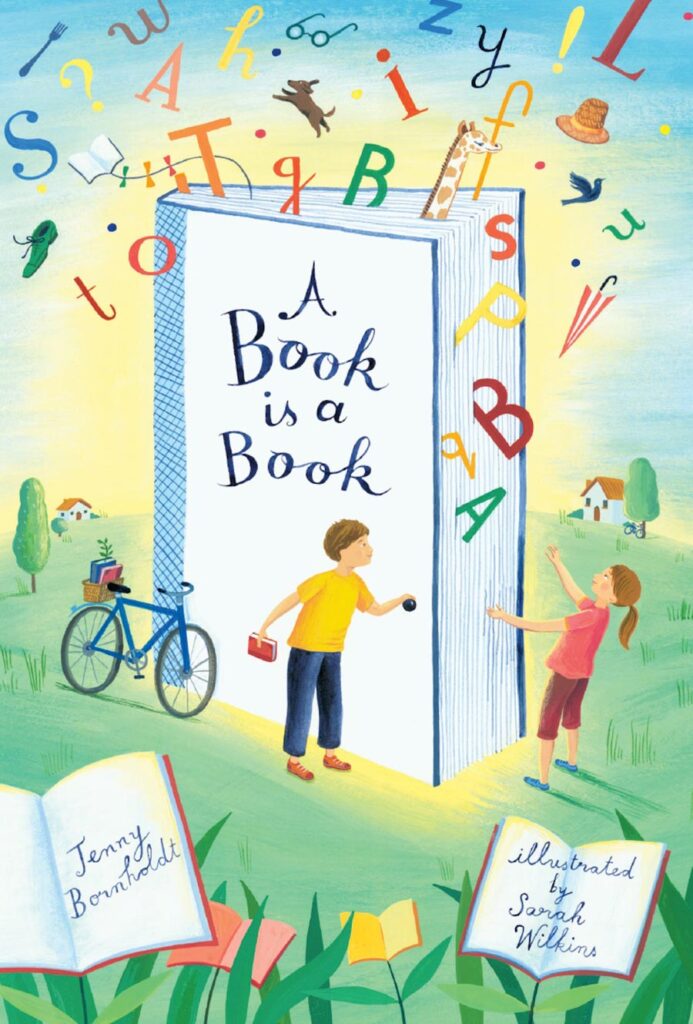Jennifer Cossins, The Mummy Animal Book, Lothian Children’s Books, February 2020, 32pp., RRP $9.99 (hbk), ISBN 9780734419897
Jennifer Cossins, The Daddy Animal Book, Lothian Children’s Books, February 2020, 32pp., RRP $9.99 (hbk), ISBN 9780734419897
A mummy swan is called a pen.
A baby swan is called a cygnet.
If a cygnet gets tired of swimming, its mum will carry it around on her back.
The Mummy Animal Book and The Daddy Animal Book are companion texts by author Jennifer Cossins. Both appear on the CBCA 2021 Notables list, nominated for the Eve Pownall Award which recognises imaginative texts about factual material. I’ve chosen to review them together because they follow the same format and feel like a set to me.
Jennifer Cossins is an artist and writer who has received attention for many of her other books pitched at slightly older readers about animals and the words we use to describe them. Her work is literary nonfiction at its best. Her illustrations are smart and stylish. They have a mature palette and vibe that gives them coffee-table book appeal, but they are vibrant and engaging for young readers at the same time.
There seems to be something for everyone in these books. They are perfect gifts for young children in your life not least because they will offer parents blessed relief from inane animal books for toddlers. They’re bright and engaging without being condescending. There’s not a garish caricatured creature in sight, but the animals are still cute and endearing. There are strong undercurrents of love for those who want to just snuggle on the couch, as well as plenty of information for young and old people who want to know more. I learnt a bunch of new words as well as interesting and often bizarre facts. Did you know a mummy cat is called a queen? Or that elephant calves suck their trunks like babies suck their thumbs? Or that sows sing to their piglets while they feed them?
The Mummy Animal Book and The Daddy Animal Book could potentially be used as mentor texts for young students learning to write brief factual reports. They are perfect entry level nonfiction because they have a bit of a heartstring tug on the side. The hint of anthropomorphism helps them do what good early childhood books should — build a bridge from the child’s own experiences to new ideas and worlds. By sharing some of the quirky and endearing behaviours of animal parents that humans can relate to, these books will hopefully help kids develop an appreciation and respect for wildlife.
I highly recommend these books. As a parent, I think they are perfect. As a teacher, I just want to know: do they come as big books?
Reviewed by Liz Patterson







